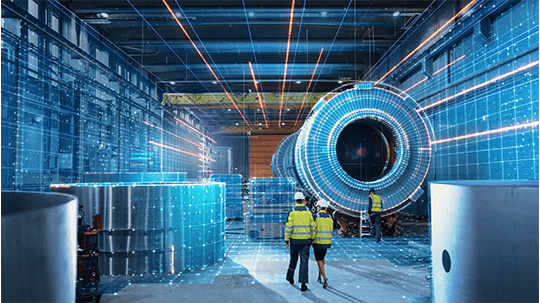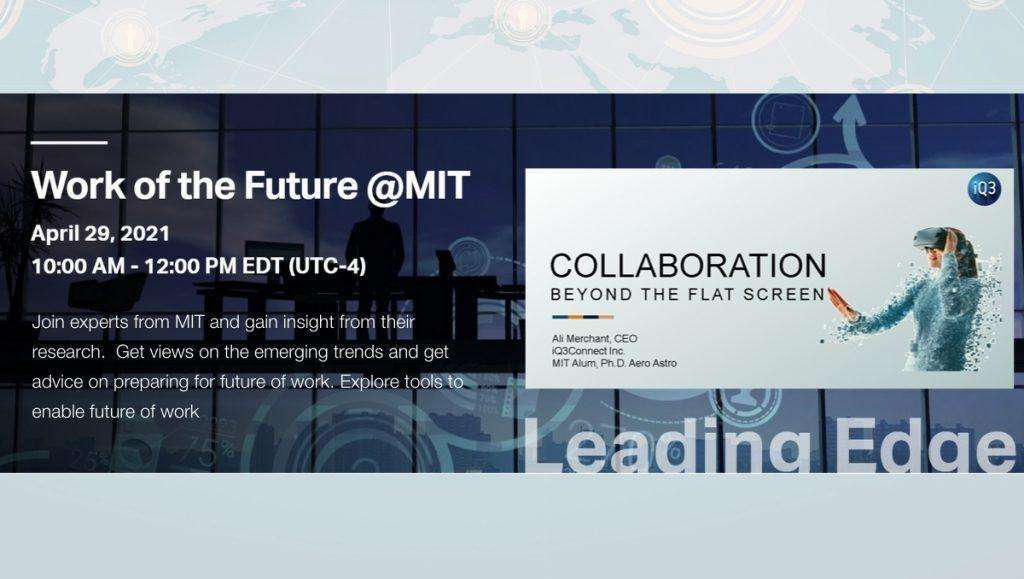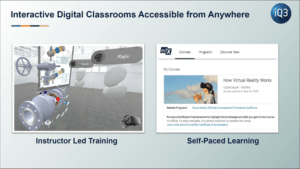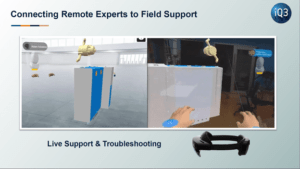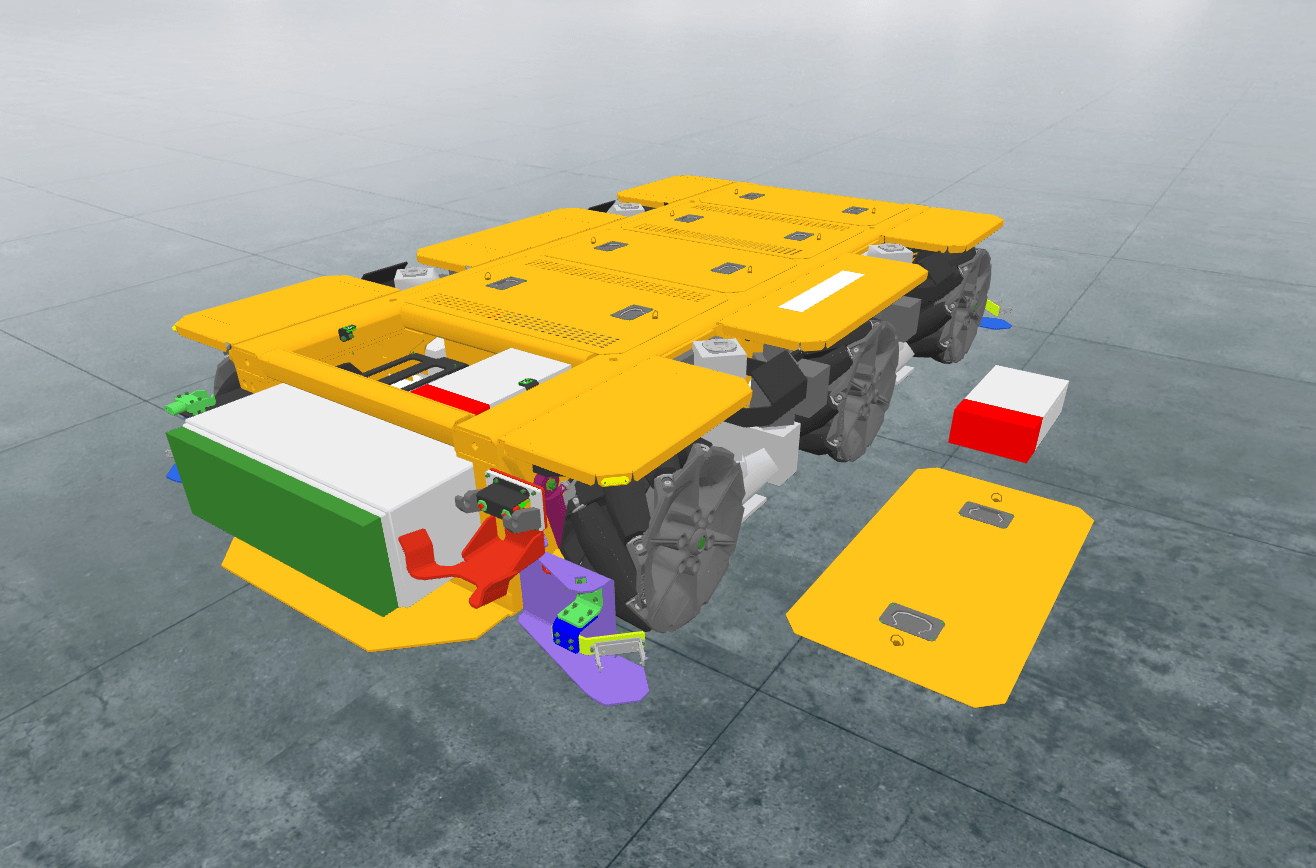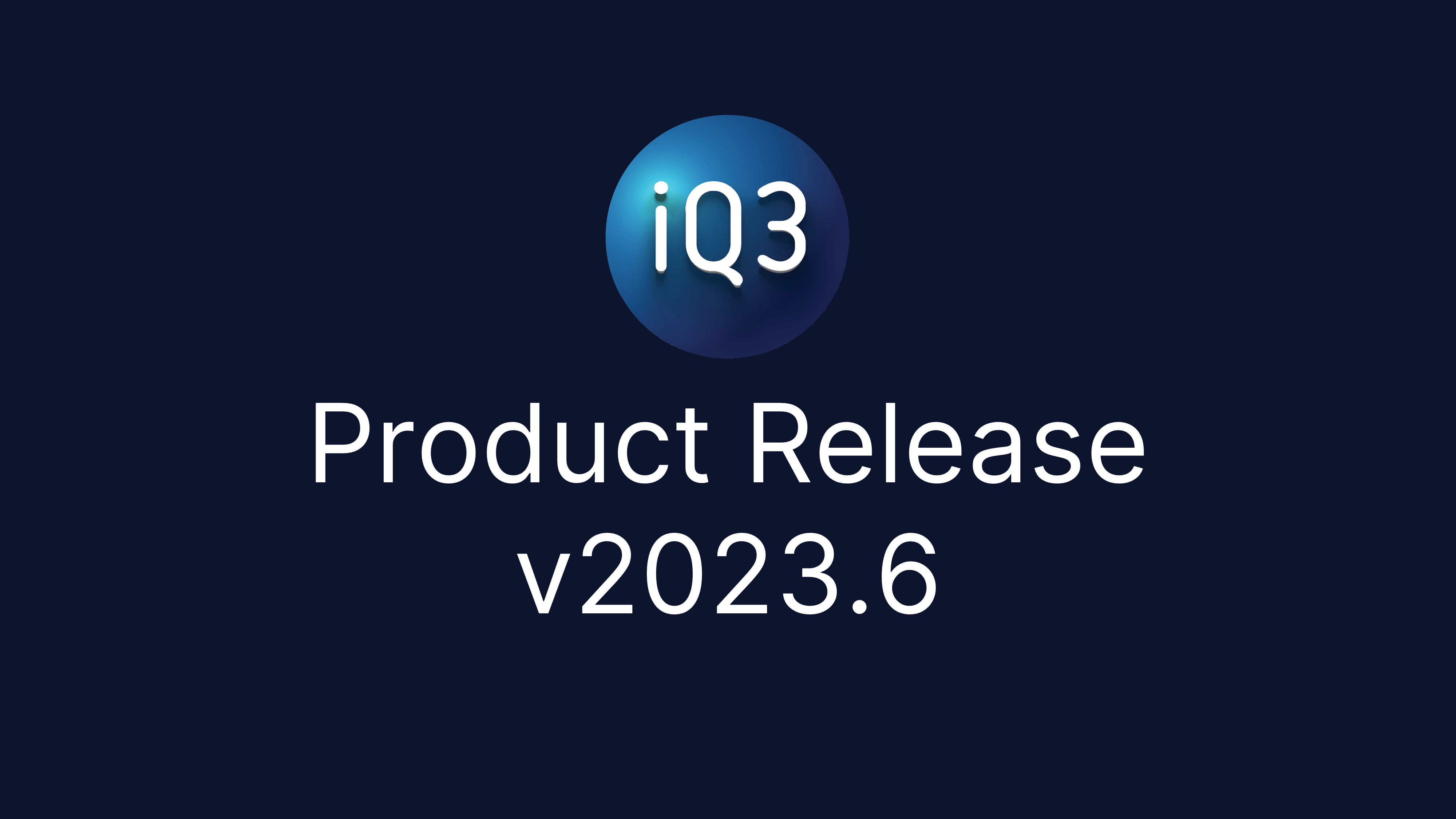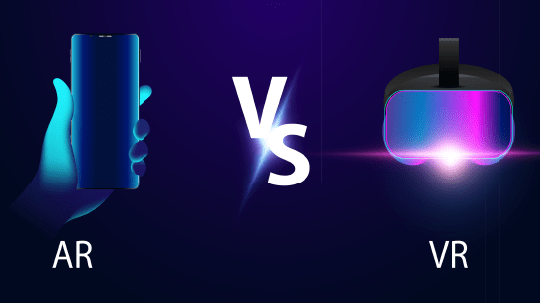On April 29th, 2021, I had the opportunity to speak about the Work of the Future at the Massachusetts Institute of Technology (MIT). In this blog post, I have summarized my talk “Collaboration Beyond the Flat Screen”, which focused on how virtual reality and augmented reality (collectively referred to as “XR”) will change the nature of remote work and training in enterprises and in the educational world. Before diving into the content, I would like to thank the MIT Industry Liaison Program and the MIT Startup Exchange for inviting me to speak at this event.
COVID upended work processes and work culture as we knew them. This pandemic has accelerated the urgency for digital transformation as business critical travel and face-to-face meetings have ground to a halt. Collaboration tools such as web conferencing have done a remarkable job in filling much of the gaps due to travel disruptions, but they are severely limited in filling the gaps for remote work and remote training when 3D data is involved. Flat (2D) screen sharing cannot replace physical interactions with the world around us. so how can we leverage upcoming technologies like XR to fill the gaps of inherently physical work and training? How can enterprises restore in-person productivity and efficiency without being in-person? And how can we do this in a sustainable way?
At iQ3Connect we are building a new-age, web-based collaboration and training platform capable of virtualizing much of the work, training, and learning that can’t be effectively virtualized by web conferencing or traditional e-learning methods. Our platform is a web-based solution empowering individuals, teams, and enterprises to create, deploy, collaborate, and learn with immersive and interactive 3D content on any VR, AR, PC, or mobile device. We are pushing collaboration beyond the flat screen, while still allowing for flat screen participation. In this way, we make iQ3Connect easy for anyone to use, regardless of which hardware they have, and thus easy for IT to deploy enterprise-wide. Let’s review some key examples of how iQ3Connect is being used to overcome the workplace challenges we all continue to face today and in the foreseeable future.

In this first example we see cross functional teams from different global locations working together in iQ3Connect in the same virtual workspace. The image is deceptively simple, but this is an engineering accurate, 1-to-1 scale digital twin of a production system with 10,000+ components. Each orange band shows the position of a participant. Anyone in this virtual workspace can independently move around, mark up issues, access and pull apart any component in the digital model. Participants can collaborate synchronously or asynchronously if they are working at different times. They are no longer bound by physical prototypes, time, and geographic barriers.

In this second example, we see iQ3Connect being used as a digital classroom for delivering instructor-led product training. As COVID has impacted training and education in physical classrooms, new technologies are needed to replicate the physical training and instruction. With iQ3Connect, subject matter experts, trainers and students are able to curate training and learning experiences without programming knowledge. In addition to instructor-led training, iQ3Connect training modules are being embedded in Learning Management Systems and MooC learning platforms like EdX for enterprise-wide, school-wide, and world-wide distribution. With iQ3Connect these organizations are less dependent on face-to-face learning, and can continue to leverage this technology to reduce travel costs even after travel restrictions have been lifted.

In this third example, iQ3Conenct is being used for live remote support. A technician at a remote site is wearing a Microsoft Hololens and can invite an expert from the home office to remotely assist in order to solve a technical issue. With live remote support, organizations can more readily address issues in the field without having to send in entire teams, and field technicians can easily rely on experts from anywhere in the world.
At iQ3Connect, we are already powering the Work of the Future.


